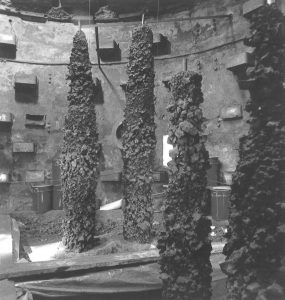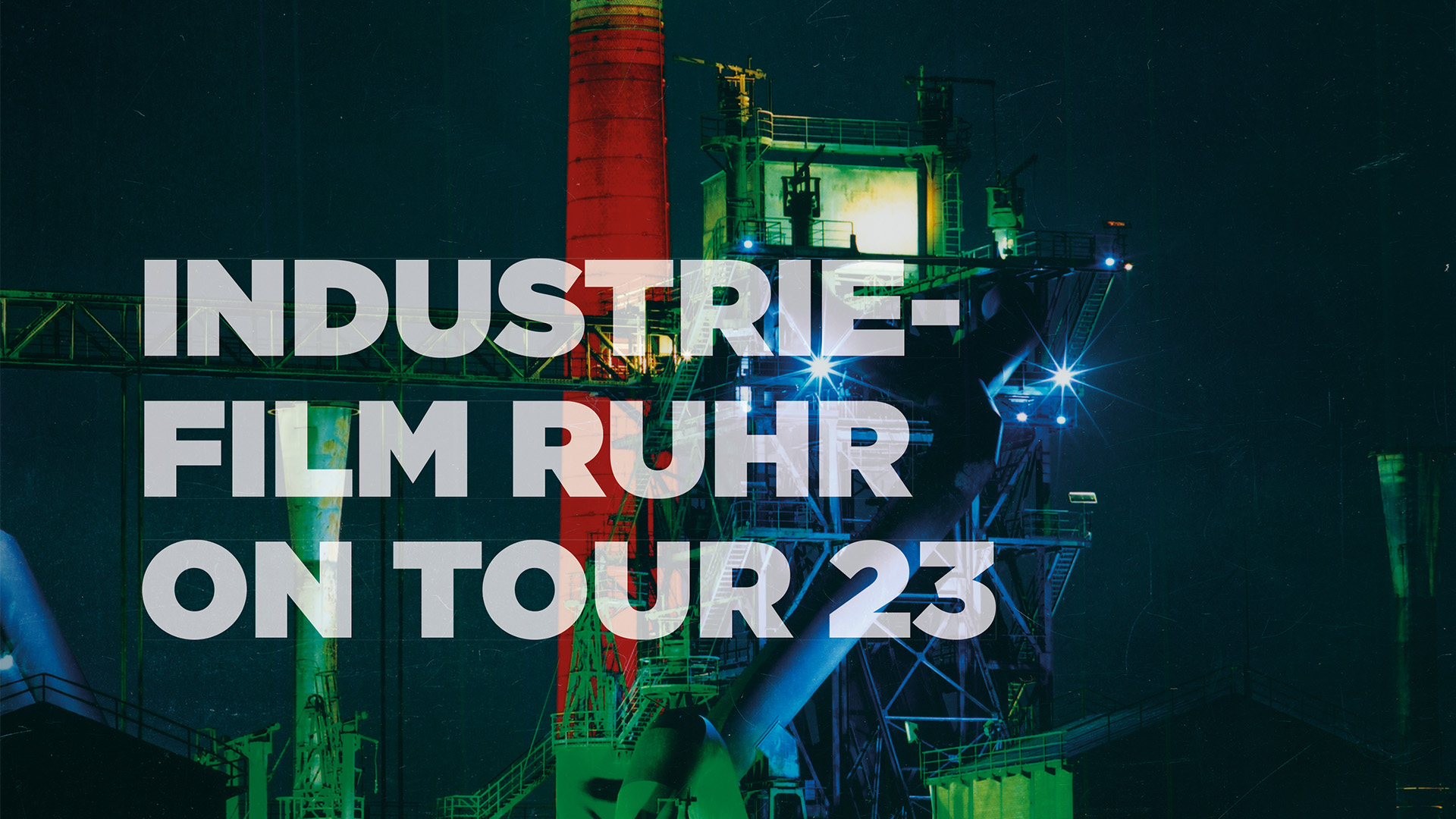SALZGITTER AG GROUP ARCHIVE/MANNESMANN ARCHIVE
LABORATORY BLAST FURNACE
In 1982 a unique experiment took place in the Mannesmann smelting works in Duisburg-Huckingen: the freezing of a blast furnace. – The film is a detailed documentation of this large-scale test. It offers unusual interior views of the blast furnace and the blast furnace process.

Burden samples fixed with synthetic resin in blast furnace 5, which was abruptly cooled with liquid nitrogen in 1982.
© Salzgitter AG Corporate Archives Mannesmann Archive
FIMOGRAPHIC DETAILS
Client: Mannesmann Research Institute GmbH, Duisburg
Production: Mannesmann Werbegesellschaft mbH
Director: Peter M. Blank
Book: Wolfgang Graudenz
Camera: Peter M. Blank, R. Meißburger
Trick: H. Hasse, F. Schütze
Year of production: 1982
Runtime: 25 minutes
Format: 16 mm color
Awards: Rating "Very Good", IX. German Industrial Film Forum Hanover 1983
Archive: Salzgitter AG corporate archive/Mannesmann archive, Mülheim an der Ruhr
THE FILM
Mannesmann Werbegesellschaft mbH produced the film “Blast Furnace Laboratory” in 1982 on behalf of Mannesmann Forschungsinstitut GmbH. The film documents in detail and at the same time in a way that is also understandable for non-technicians, a research project that is unique in the world and which made fundamentally new discoveries in blast furnace technology possible.
THE PLOT
In the early 1980s, when Mannesmann replaced older facilities in the Duisburg-Huckingen iron and steel works with a new large blast furnace, the opportunity presented itself for a very special experiment on blast furnace 5, which was intended for demolition. After several years of planning and preparatory work, this took place on January 6, 1981 its shock-like cooling from ongoing operation through the use of nitrogen. The operating status was almost frozen in all phases.
The film accompanies and explains the entire process: planning and preparatory work, introducing the nitrogen at a temperature of minus 200°C into the 1500°C hot blast furnace and finally the investigations inside the blast furnace. The investigations began after it had cooled down in February 1982 and lasted for months in the style of archaeological excavations. Around 20 meters of material were removed and analyzed layer by layer. In some places, so-called burden clusters could also be fixed by pouring in synthetic resin, which show the layering of the various materials in a permanent and exemplary manner. Slices of these burden grapes are now part of the exhibitions in the LWL Industrial Museum Henrichshütte Hattingen and in the LVR Industrial Museum zinc factory Altenberg in Oberhausen.
